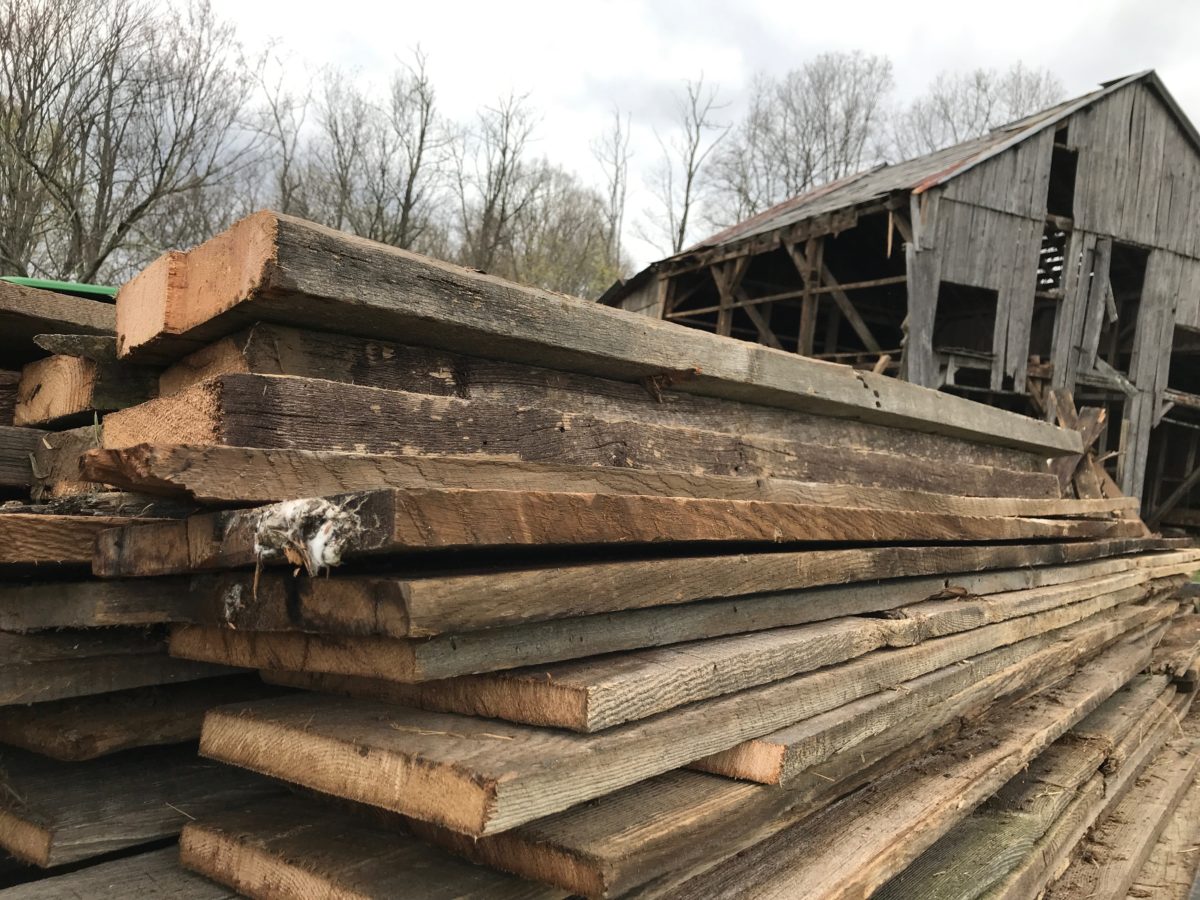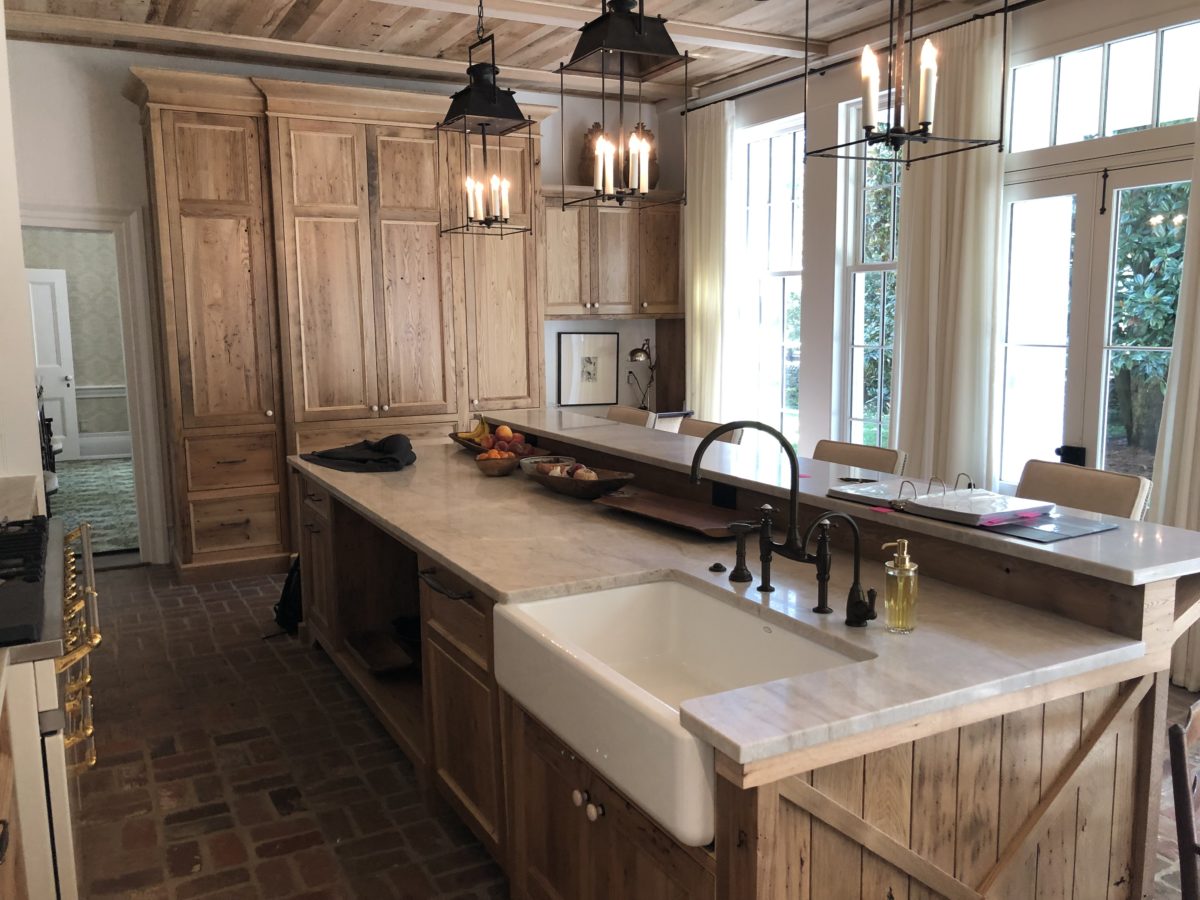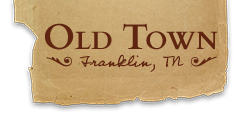In the early 1900s, a blight destroyed all American Chestnut trees in the United States, once covering nearly 200 million acres of forest from Maine to Georgia. Scientists estimate that one out of four hardwood trees in our eastern forests were American chestnut prior to the blight. After the blight, four-billion American Chestnut trees in North America were almost entirely wiped out.

Two of the most important core values at Old Town are a commitment to restoration and conservation. On a recent project, we had the privilege of honoring both of these values. A few years ago, an old barn built in the mid-1800s [on our sister property in Virginia was dilapidated and going to be torn down. Constructed of nearly extinct chestnut, we did not want the wood to go to waste, so we proactively repurposed it for the Old Town renovations. After carefully deconstructing the barn, the team removed all the nails, prepared the wood to be kiln dried, and painted.
Old Town’s renovations provided the perfect chance to breathe a second life into this reclaimed wood. The repurposed chestnut was recently installed as kitchen cabinets in the newly restored Thomas Brown house at Old Town.

In addition, we have also taken steps to restore the once plentiful American Chestnut population on our farms. Working with the American Chestnut Foundation (TACF), we in 2017 initiated a planting program at our farm in Virginia. Over the past 33 years, TACF has created potentially blight-resistant American chestnuts. The Foundation uses a traditional “backcross” breeding method to incorporate the genes for blight resistance from the Chinese chestnut into the American chestnut while maintaining the growth characteristics of the American tree.
